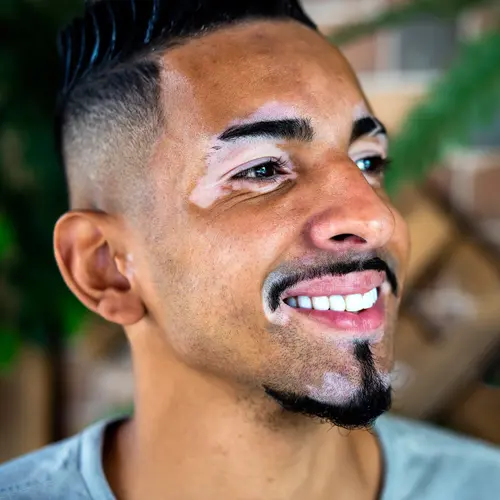The thought of lice might give you the creepy crawlies -- and with good reason. When these tiny insects infect the scalp and skin, they trigger intense itching and may even create a rash around the hairline.
Types of Lice
There are different types of lice. The type you have depends on the part of your body that’s affected:
- Head lice affect the scalp.
- Pubic lice (also called “crabs”) affect your genital area.
- Body lice affect other areas of the body and are often found in seams of clothing.
Head Lice
Head lice is a very common condition among elementary and middle school children. About 6 million to 12 million of them get it every year. Head lice are most active at night. They can cause such intense itching that your child could lose sleep over it.
It’s uncomfortable, but lice won’t make you sick. They don’t spread disease, and they’re not a sign that you’re dirty. You can get lice even if you shower regularly and have super clean hair.
How do you get lice?
These pesky creatures don’t fly or jump — they crawl over to the closest head they can find. This is called head-to-head contact, and most people get lice this way. But they also can spread onto hats, helmets, combs, bedding, pillows, and even earbuds. Young children may get or spread lice when crawling on rugs. Dogs, cats, and other pets don't spread head lice.
It’s important to know the early signs of lice. Then you can take steps to keep your child comfortable and prevent the spread of lice throughout your home.
What Do Lice Look Like?
These pests are a type of insect called a parasite. They need human blood to live. Head lice usually stay close to the scalp and behind the ears. In rare instances, you might also spot them on the eyebrows and eyelashes.
Female adult lice lay six to eight eggs a day on your scalp, and they spread from there. There are three forms of lice to watch for:
Nits, or lice eggs. They’re very tiny -- about half the size of a pinhead. They’re hard to see. The oval-shaped eggs often look yellow or white but may be the same color as your hair. They are found on the first 1-2 inches of the hair shaft closest to the scalp (not the end) and are hard to remove. You may confuse them with dandruff or flakes from hairspray buildup. Head lice nits usually hatch in 8 to 9 days. When they do, they leave behind clear shells, which remain stuck to the hair shaft and appear more grey in color.
A nymph is a baby louse (singular for lice). It’s what hatches from the nit. It feeds on the blood on your scalp and keeps growing for 9 to 12 days. Nymphs (and adult lice) move quickly and avoid light. Nymphs begin to appear in your hair, on your skin, and on anything your head has touched. Itching might not start right away.
Adult lice are about 2 to 3 millimeters long, about the size of a sesame seed. They’re tan or grayish-white. The color can be lighter or darker. Adult lice have six legs with claws at the end that allow them to latch tightly to your hair. Typically, adult head lice live 30 days when stuck to your head. If they fall off, they die within 1 to 2 days.
If you spot lice, tell your child’s school so they can properly clean classroom items and stop the spread. The CDC says lice aren’t a medical hazard, and most health departments don’t require that you report it. But local school boards make their own school lice policies. Check with your child’s school to find out its policy.
Takeaways
If you or your child are itching and scratching at your scalp, it's time to check for lice. Look for bite marks, a rash, or the clear shells left behind when lice hatch along your scalp or the nape of your neck. If your child has lice, contact their school before you send them back to class.
Lice FAQs
How do I know if I have lice or not?
If you have lice, your scalp will feel itchy, and you may develop a rash from scratching. When you brush your or your child's hair, look for the white shells that are left behind when nits hatch along the scalp.
How can I check myself for lice?
If you're worried you may have lice, use a mirror to check the nape of your neck and behind your ear for bites. Run a fine tooth comb through damp hair, then wipe it along a paper towel to check for nits. Wear gloves when you check the strands of your hair.
Can you feel lice with your fingers?
Lice are about the size of a poppy seed, so they're usually too small to feel with your fingers.

